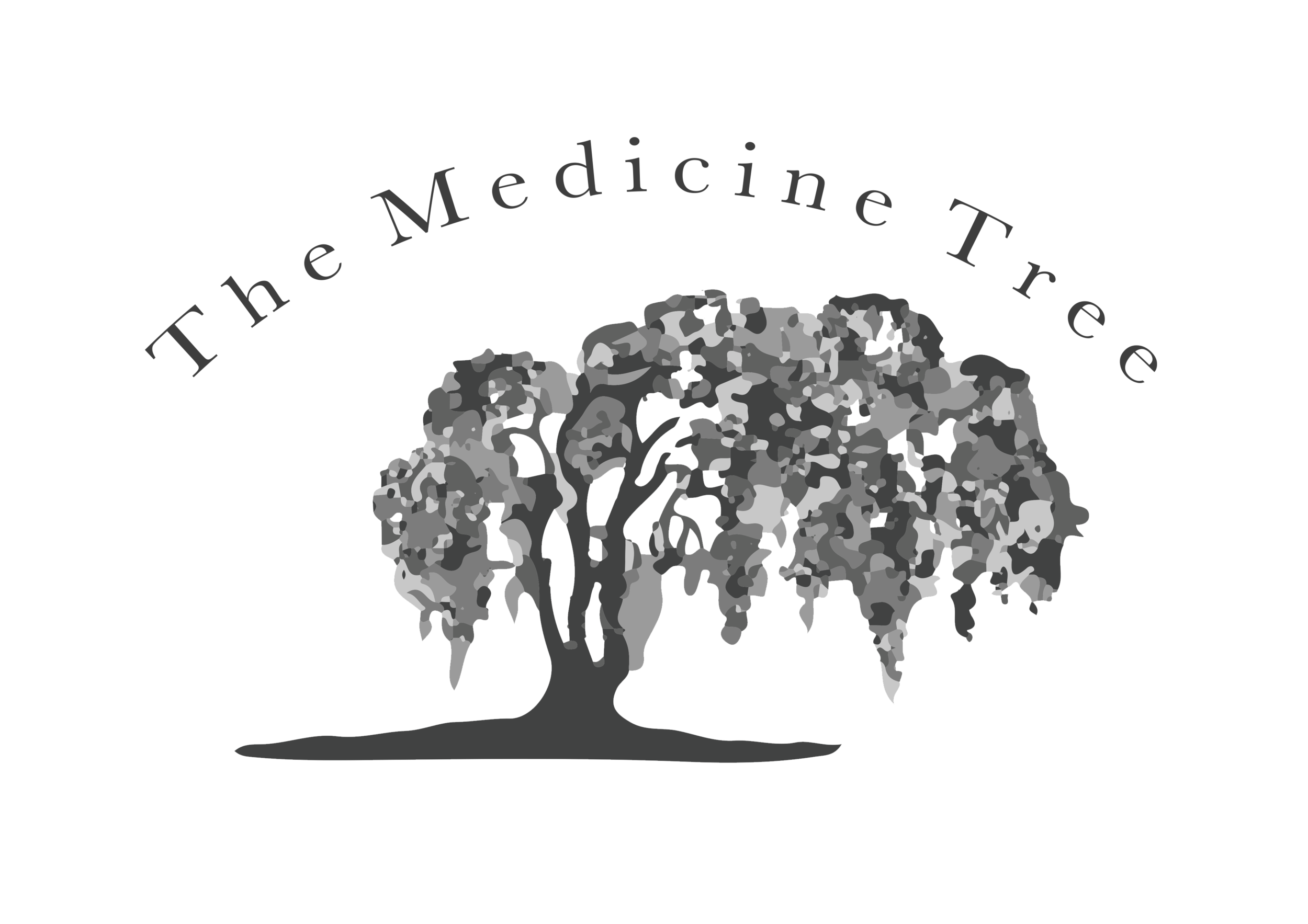ARNICA, HOW CAN IT HELP ME?
By Scott Lawrence
Being one of Europe’s best selling complimentary and alternative medicines, Arnica has started to gain popularity in North America. Before it would only be found in health food stores, now it can be found in the aisles at all pharmacies. But for many the question remains, what is it? And how does it work?
Used for soft tissue injuries, especially bruising, and osteoarthritis, the active ingredient comes from a plant that produces yellow, daisy-like flowers. This plant is native to cooler areas of the northern hemisphere, more specifically it is thought to be native to mountainous regions of Europe. Being reputed as medicine since the 1500s, it can be taken in two forms, either topically as a gel or cream or orally in its homeopathic form.
Like many unpatented ‘remedies’ the evidence regarding the effectiveness of Arnica is unfortunately scarce. However clinical trials have shown that use of arnica as a cream or gel has been effective for the following
· Muscle Aches
· Venous insufficiency (poor circulation and swelling of the lower leg)
· After carpal tunnel release surgery
The ways in which it works seems to be the following:
Reduces pain
· Reduces inflammation
· Reduces Oedema (swelling)
· Protects against some damage to capillaries (the small blood vessels that are damaged with bruising)
So, it is fair to label Arnica as a natural anti-inflammatory. Ordinarily when an injury occurs, the bodies inflammatory response works to fight infections, initiate repair of damages and clear away debris and toxins. As the inflammation progresses, however, the bodies response can easily get out of hand, with the affected area becoming red, swollen, painful and hot to touch. Arnica contains compounds that can modulate the inflammatory response and help dissipate trapped blood and fluid in injured muscles, tissues and joints. It can diminish bruising, as well.
Arnica is thought to work by changing the process occurring in Neutrophils (a type of white blood cell) and also in liver cells, producing these anti-inflammatory effects. It also appears to improve circulation in the tissues where it is applied, strengthening blood vessels in the area. This allows for the recycling of fluid in an inflamed area, causing the inflammatory response to be more effective and prevent it from becoming a hindrance over a help.
Applying arnica frequently, at least 2-3 times per day seems to produce the best results. There are certain instances where the use of arnica is not recommended.
· Whilst pregnant or breastfeeding
· Directly on to broken or open skin
· If taking anti-coagulant or anti-platelet medications
Overall Arnica is very safe and effective when used correctly. Hopefully this has answered some of the questions you may have had surrounding arnica and shown how it can be used in may different instances.
